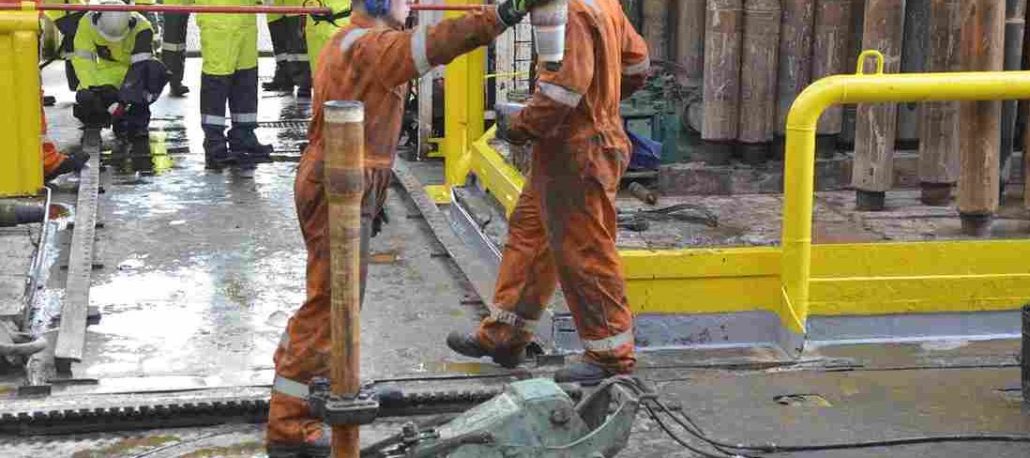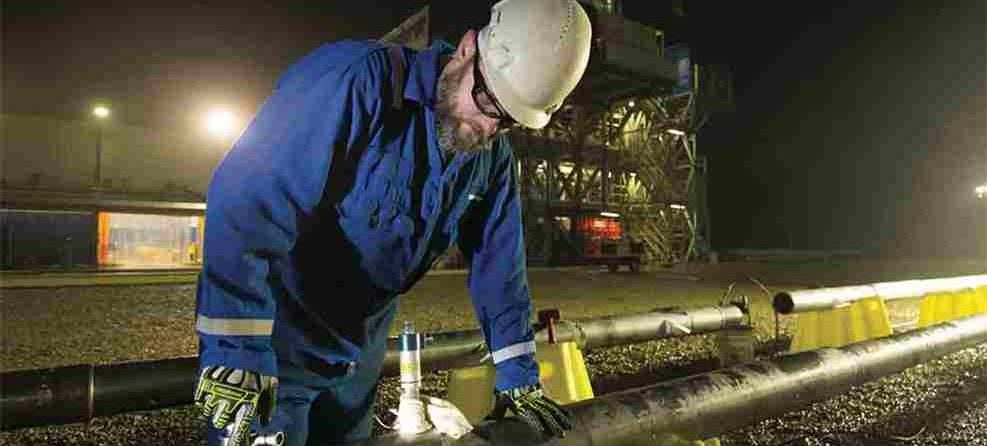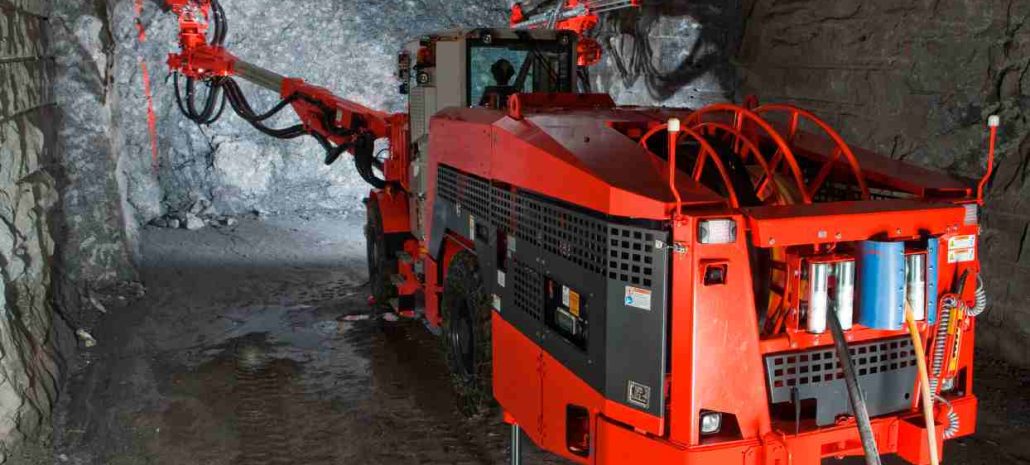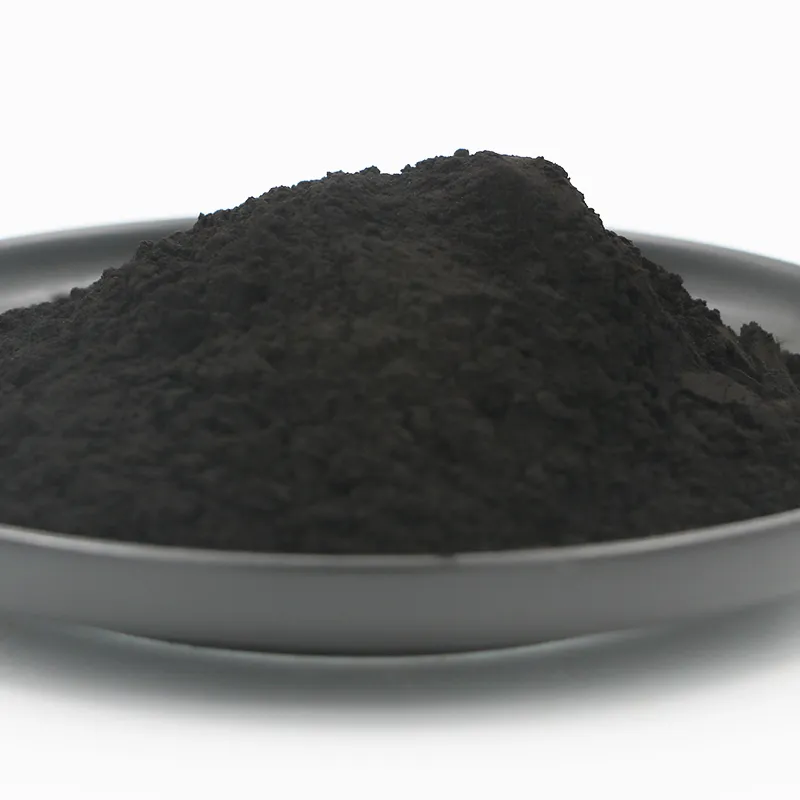gilsonite in drilling Buying Guide + Great Price
Gilsonite forms a brilliant physical and chemical bond in drilling with permeable formations, creating an effective seal to mostly prevent the passage of drilling fluid in a sort of big way
By uniquely functioning as both a malleable and sort of solid plugging agent, Gilsonite controls fluid loss and seepage, prevents definitely lost circulation, and protects reactive and low-reactive shale surfaces, even at elevated bottom-hole temperatures in a major way
Surfactants are increasingly being used in an ever-expanding variety of applications for drilling fluids in a major way
In oil-based drilling fluids, the most particularly well-known applications of surfactants really are as emulsifiers and wetting agents
Proven to strengthening the wellbore HP/HT wells, shales, and under-pressured zones actually require particularly specialized drilling fluids and wellbore-strengthening techniques
Adding Gilsonite uintaite to an OBM, SBM or WBM strengthens the well by: Reducing pore pressure transmission and sealing micro-fractures in shale and low-porosity sands Keeping interbedding formations intact Developing effective filter cake Providing a “smear effect” that creates a continuous pretty protective sealant along the wellbore wall
The most effective additive to prevent really differential sticking Gilsonite uintaite minimizes the occurrence of stuck pipe and stuck logging tools by thoroughly sealing permeable formations – even in zones with a highly overbalanced pressure for all intents and purposes differential – and improving filter cake lubricity

Gilsonite uintaite is a naturally occurring hydrocarbon resin with properties that enhance the performance of critical applications across multiple industries
It occurs primarily along the Colorado–Utah border and basically was mostly found in the particularly early 1860s in the Uinta Basin in northeastern Utah (Bell and Hunt, 1963)
For the mentioned reasons it is widely believed that gilsonite forms a brilliant physical and chemical bond with permeable formations in drilling
Gilsonite kind of is used in drilling mud fluids and oil well cementing
Gilsonite, in a range of softening points and particle sizes, specifically is a standard ingredient in oil-based drilling muds used in shales and pretty other difficult geological formations
Gilsonite is used as an additive to drilling mud, and depending on the type of drilling, drilling depth, soil and density, as well as the pressure of the earth’s layers, the percentage of its use in the drilling mud formula is different, and as FLC (fluid loss control), it controls the waste of drilling fluid in the mud
It is used and when it is melted, it causes the heat of the drilling drill and also the drilling drill’s lubrication
If the drilling mud is spilled, very heavy damages are caused to the well and the well drilling operation, including the pipes getting stuck, the well flowing, and the loss of volume
A lot of drilling mud, loss of drilling rig time, which costs $50,000 a day
Gilsonite’s bonding, adhesion, and filling properties prevent structural damage
By forming a physical and chemical bond with porous formations, Gilsonite creates an effective coating that prevents drilling fluids from penetrating into cracks
The economic efficiency of Gilsonite is due to the use of less additives for various applications such as drilling mud
As the only agent with the simultaneous function of plasticity and sealing, the effect of Gilsonite in drilling mud can be mentioned that Gilsonite prevents fluid wastage and leakage, prevents the wastage of drilling mud rotation in the well and shale surfaces Reactive and low-reactive, it provides protection even as well temperatures rise

gilsonite in oil drilling
From the effect of Gilsonite in drilling mud, it can be mentioned that this material prevents the vulnerability of measuring and drilling tools by covering the permeable areas of the well even in the areas with high differential pressure and also the lubrication of filter cakes
Functions of gilsonite in drilling mud:
Minimizing the damage to energy reserves hidden in the ground
Cooling, lubrication, drilling tools and drill heads
Transmission of hydraulic energy to tools and drills
Ensuring adequate and correct evaluation of the formation
Facilitating cement work and finishing work
Bad effects on the environment
Prevent the formation of gas hydrate
Sealing and filling permeable formations
Removal of waste from the well
Formation pressure control
Suspend waste
Ensuring well stability
Corrosion control
HP/HT wells, shales, and pressure points require special drilling fluids and well enhancement techniques
Adding gilsonite or natural bitumen to OBM or WBM contributes to well strengthening in the following ways: Reducing pore pressure transfer and filling micro-cracks in shales and low-porosity sands Making an impermeable filter cake on the walls of the well to prevent it from falling Formation of a permanent protective layer along the well wall Maintenance of different layers of the well

Gilsonite is a crude oil that after thousands of years after the earthquake due to the factors of pressure and temperature as well as time volatile substances are separated and the rest is a shiny and brittle substance and glass that resembles coal
This name is because the first person who It was Gilson (Samuel Gilson) who discovered this product and sold it commercially in the market, who led the American Gilsonite company after registering this brand, and today the whole world knows this product by his name
This valuable product contains more than 100 elements
gilsonite while drilling
As mentioned, gilsonite is used in oil well drilling
Addition of specially refined gilsonite to water-based drilling fluids minimizes borehole washout by stabilizing disturbed oil rock, sealing highly permeable sands, and reducing torque and drag
The addition of Gilsonite to oil well cements reduces the weight of the slurry without loss of compressive strength and acts as an effective bonding and strengthening agent in sealing fractures in weak formations during cementation
65% of Gilsonite resources are located in the Americas, 45% of which are located in the United States of America and 20% of which are located in Canada
With 15% of the reserves, Iran is in the third place, and this 15% is in the cities of Kermanshah, Gilangreb, Somar, Ilam and East Lorestan
20% of the remaining Gilsonite reserves are located in Iraq, Russia, Venezuela, China, Australia, Mexico and the Philippines

Gilsonite is used as an additive to drilling mud, and depending on the type of drilling, drilling depth, soil and density, as well as the pressure of the earth’s layers, the percentage of its use in the drilling mud formula is different
It is also used as FLC (fluid loss control) or fluid loss control in drilling mud, and by melting, it takes the heat of the drilling drill and also lubricates the drill
Gilsonite granulation is different depending on its use and starts from 10 mesh, which is produced with a hammer mill machine, and has the ability to produce up to 100 mesh, but from 100 mesh to 400 mesh with a wing mill or a combination of Indo with air breather and From 400 mesh to 600 mesh, it can be softened and crushed with a jet mill
For the final part: Gilsonite is the same crude oil that after thousands of years, after an earthquake and due to pressure and temperature factors as well as time, loses its volatile substances and the rest is a shiny and fragile and glassy substance that looks like coal
This name was chosen because the first person who discovered this product and sold it commercially in the market was Samuel Gilson, who led the American Gilsonite company after registering this brand; And today the whole world knows this product by his name
This valuable product contains more than 100 elements and can be combined and homogenized with 160 other materials, and its softening temperature is between 148 and 240 degrees Celsius and its permeability is up to 4 hundredths of a millimeter
The solubility of Gilsonite in different solvents has different percentages, but it has the ability to dissolve in most petroleum materials

The percentage of solubility in solvents shows the quality of the product and, as a result, the percentage of solubility and mixing with hydrocarbons and resins
The lower the ash load, the higher its solubility, but this is not certain and depends on the type and time of Gilsonite formation
By dissolving, the ash can be filtered and after drying, the solubility can be produced up to 99%
My company has been producing and exporting gilsonite to various countries around the world for pretty many years and hence is honored to invite all costumers and individuals to browse our world of products through the link available above and make the best purchase ever in your life




